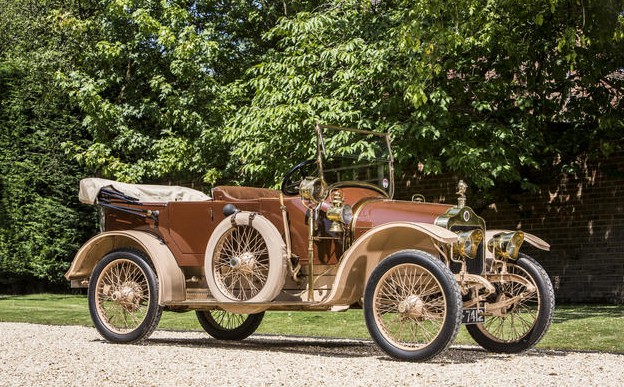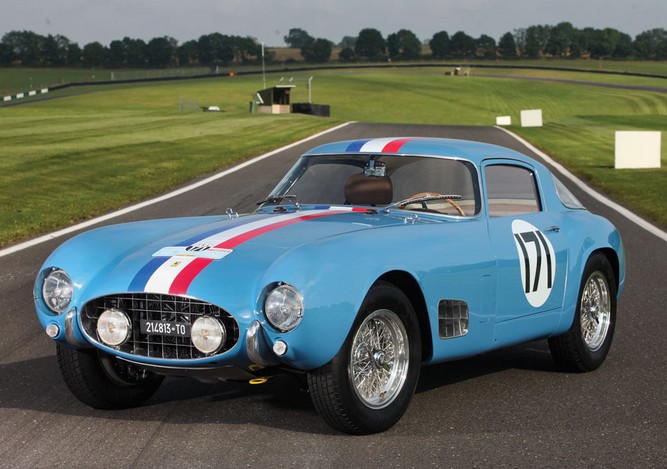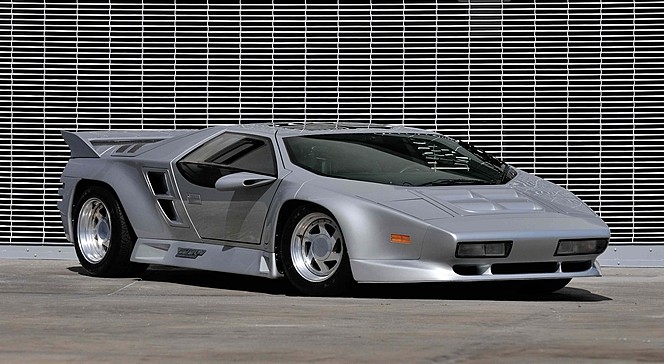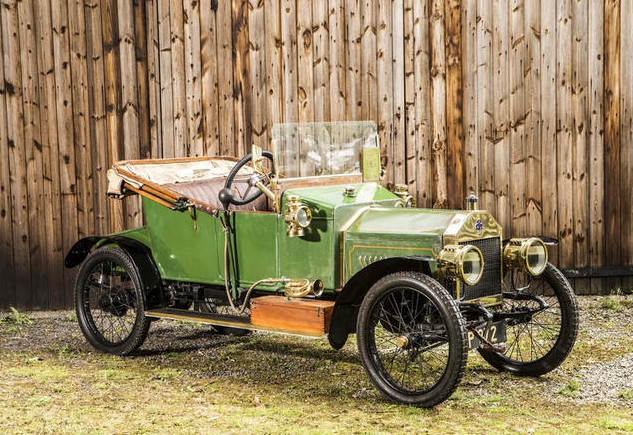1913 Minerva Type DD 14HP Victoria Tourer by Cann & Co
Offered by Bonhams | Beaulieu, U.K. | September 6, 2014
Minerva built very nice luxury automobiles between 1902 and 1938, with production of other vehicles picking up after the war and continuing until 1956. Their cars of the 1930s are right up there with Packards and Rolls-Royces and the like, except they were from Belgium. In fact, the Minerva dealer in London in the early years was Charles Rolls (who would become half of Rolls-Royce).
Minerva offered a range of vehicles in 1913. The Type DD uses a 2.1-liter straight-four making 14 horsepower. Minerva cars from 1910 used Knight sleeve-valve engines, this car included. The body is said to be by Cann & Company of London as it wears that company’s tag on the body.
But the history of this car says it was discovered in Australia in 1962 and taken to California. The Australians said the body was local and the rear half of the body had been removed and replaced with a pickup-like rear end. A Minerva Ute. But it has been restored to what it should have looked like in 1913. It is road-ready and should sell for between $67,000-$100,000. Click here for more info and here for the rest of Bonhams’ auction lineup.
Update: Sold $66,726.




